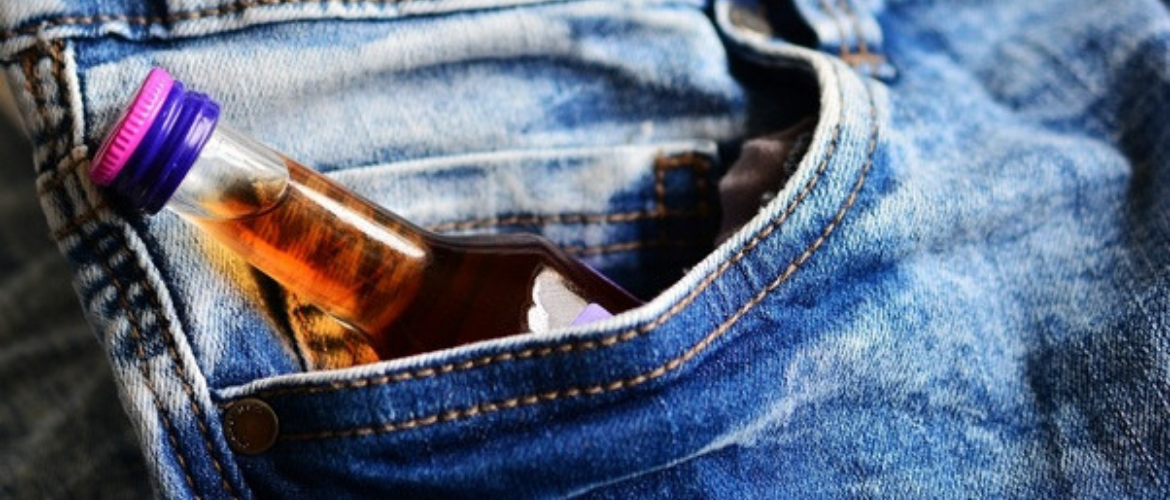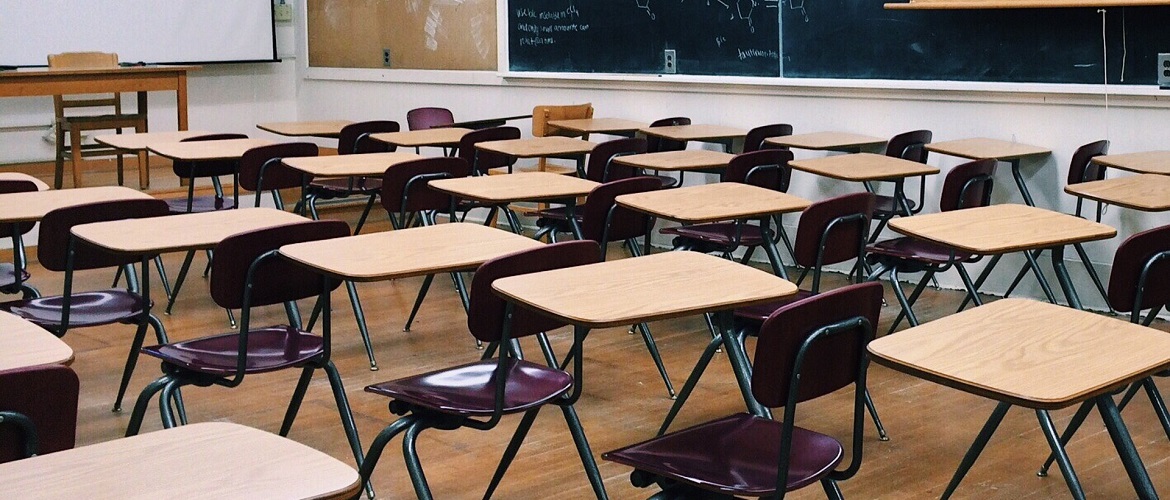Healthy Living Skills: How They Can Facilitate Drug Prevention
In most of the countries across the globe, drug abuse is considered as a critical health problem. It impacts the social, economic, and personal health of the individual. This impact is worst in teenagers and younger adults because addiction to drugs and alcohol influences their ability to study, public behavior, and mental health.
Due to the effect of drugs and alcohol on teenagers, it is necessary to promote drug prevention. A feasible drug prevention strategy for school authorities and parents is to encourage and teach healthy living skills.
Healthy living skills are basic life abilities which assist the individual manage stressful and unfavorable events and situation of life. The healthy living skills training help in promoting positive behavior in teenagers which improves decisions, communication, strategic thinking, environmental interaction, etc.
This article will discuss how drug prevention can be achieved by promoting healthy living skills in young adults. Read more to understand the aspects related to it.
Reasons For Drug Abuse
Teenagers and young adults are susceptible to drug and alcohol use due to multiple reasons. All these reasons can also trigger addiction to illicit drugs, smoking, and alcohol, which can cause long-term cognitive and behavioral impairment.
The following are the reasons which can promote drug abuse in young adults.
-
Curiosity
Adolescents and teenagers are more curious because of the changing environment. As they move from middle school to high school and then college, there are so many different elements involved in these three stages. Due to the changing verticals, curiosity also increases which increases the susceptibility to drugs and alcohol.
Further, since these young adults have no clue about the consequences, they try alcohol and illicit drugs for enjoyment and recreation. Later, it becomes a habit that leads to grave consequences.
-
Stress
In high school and college, the responsibility of studies, relationships, exams, and school amplifies stress. Due to this heightened stress, adolescents or young adults seek relief in drugs, alcohol, and smoking. This leads to a decrease in productivity and performance.
-
Peer Pressure
Every adolescent and young adult crave acceptance from their peers, friends, and teachers. To avoid receiving a rejection, teenagers try drugs and alcohol which help them impress their peers.
After a while, this act becomes a habit and recreational consumption of drugs and alcohol becomes an addiction.
Healthy Living Skills for Drug Prevention
The above reasons explain why drug prevention programs through healthy living skills are necessary. These skills can encourage and motivate young adults, children, and teenagers to deal with health-related life issues without using drugs, alcohol, and smoking.
Below we have explained some skills that can be used in school education to reduce drug abuse in adolescents and teenagers.
-
Resistance
When resistance skills are taught to adolescents and young adults, they can learn to resist pressure arising from adults. They can learn to avoid unfortunate and pressurized scenarios when they are caught in a situation where they are being pressurized or asked to consume alcohol and drugs.
-
Self-Management
The major reason for drug abuse is stress, depression, anxiety, and loneliness. All these negative and low emotions encourage teenagers to try illicit drugs, smoking, and alcohol. With self-management skills, adolescents can manage their emotions and channels their energy in the right direction, which can help them skip and avoid drug overuse.
-
Decision-Making
Learning decision-making is a healthy living skill for not only drug prevention but also for other life situations. Knowing when to say no, how to react in a particular situation, and how to make the right choice is a skill that is developed and nurtured over time. If thishealthy living skill is delivered in high school and college, adolescents can learn to positively avoid drug abuse.










 This ties back to the point about trust-building. Students will not open up about their problems if they sense that the people running the program are judgmental or reactionary. Therefore, you must develop the habit of listening with an open mind, without any judgments or preconceived notions. The children and adolescents must feel safe when confiding in you.
This ties back to the point about trust-building. Students will not open up about their problems if they sense that the people running the program are judgmental or reactionary. Therefore, you must develop the habit of listening with an open mind, without any judgments or preconceived notions. The children and adolescents must feel safe when confiding in you.